As summer temperatures rise, you may be thinking about adding a refreshing (and functional) water feature to your home’s landscape design. Whether you’re envisioning a dramatic fountain centerpiece or a gently babbling brook, we at Great Goats can take your design dreams and bring them to life in your outdoor space.
Here are samples of some of our recent projects to get you started. Call us today to get started on a beautiful water feature of your own!
Koi Pond with Recirculating Fountain
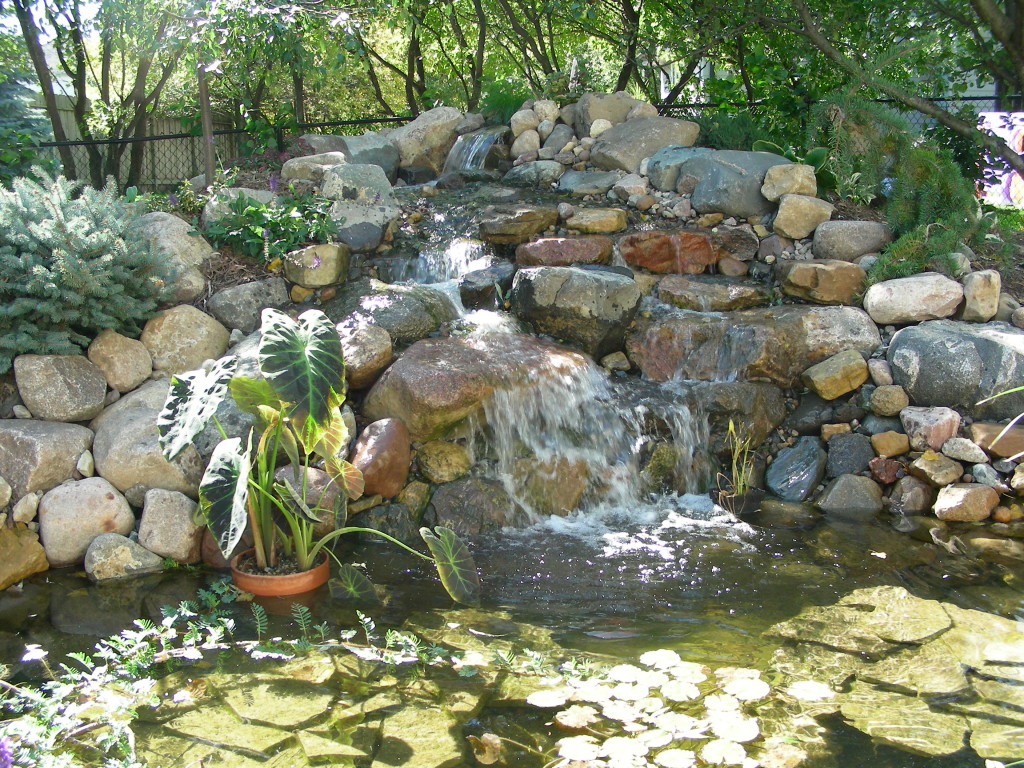
Koi ponds are a classic landscape design feature, giving your space a focal point that delights both children and adults. While big box stores do sell DIY koi pond kits, this isn’t a job to tackle on your own. Creating an environment in which carp can thrive requires a top-notch draining and filtering system installed by an expert.
Drainage Stream Bed
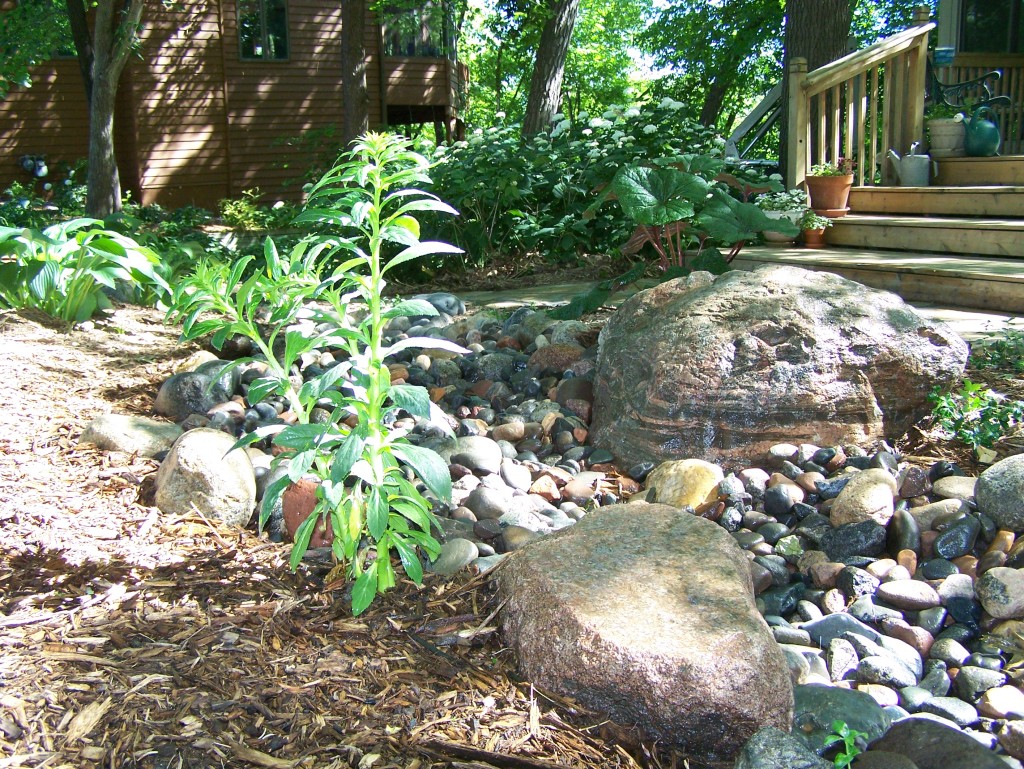
More and more homes are sporting drought-tolerant and low-maintenance landscapes, but many homeowners are hesitant about replacing their beautiful lawn with a water-saving option. No Minnesotan wants to live in a desert! But a creek bed like this one, lined with river rocks and edged with redwood chips, creates a lush, woodsy landscape that also helps funnel rainwater away from the home. Bonus: less time spent mowing your lawn!
Natural Stone Waterfall
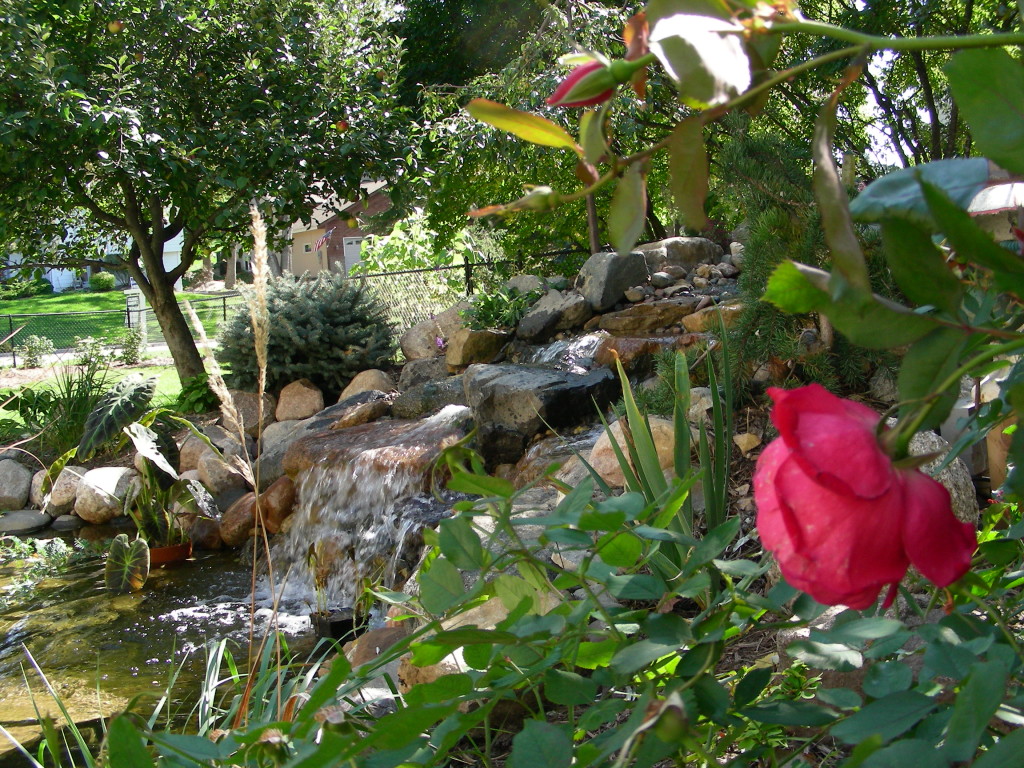
Can’t get to the lake this weekend? Kicking up your feet next to a burbling waterfall in your backyard is the next best way to relax. Waterfalls can range from sleek and modern to rustic and natural, and they’re the perfect complement to swimming pools and fire pits. We’ll customize a design that fits perfectly in your space.
Dramatic Retention Pond Fountain
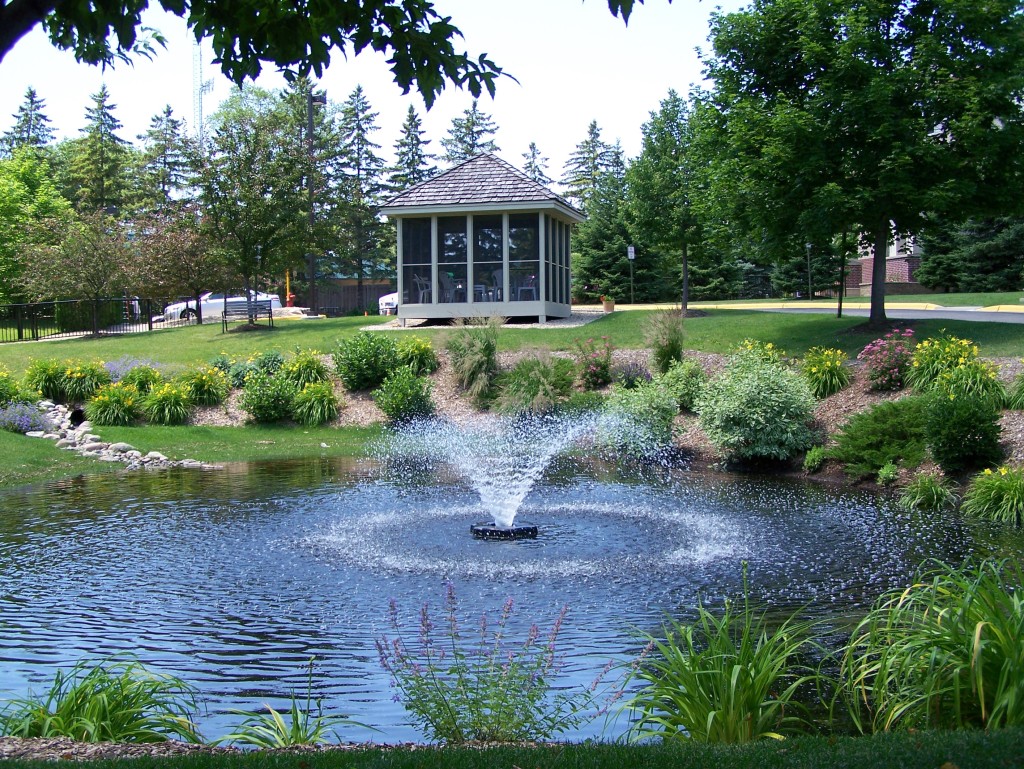
If you’re lucky enough to own or manage a property with a pond, you likely know the potential pitfalls that come with them. While a retention pond limits flooding and brings wildlife to your outdoor space, it can become polluted and even breed mosquitoes without proper circulation. A fountain aerates the water and also creates a beautiful visual centerpiece.
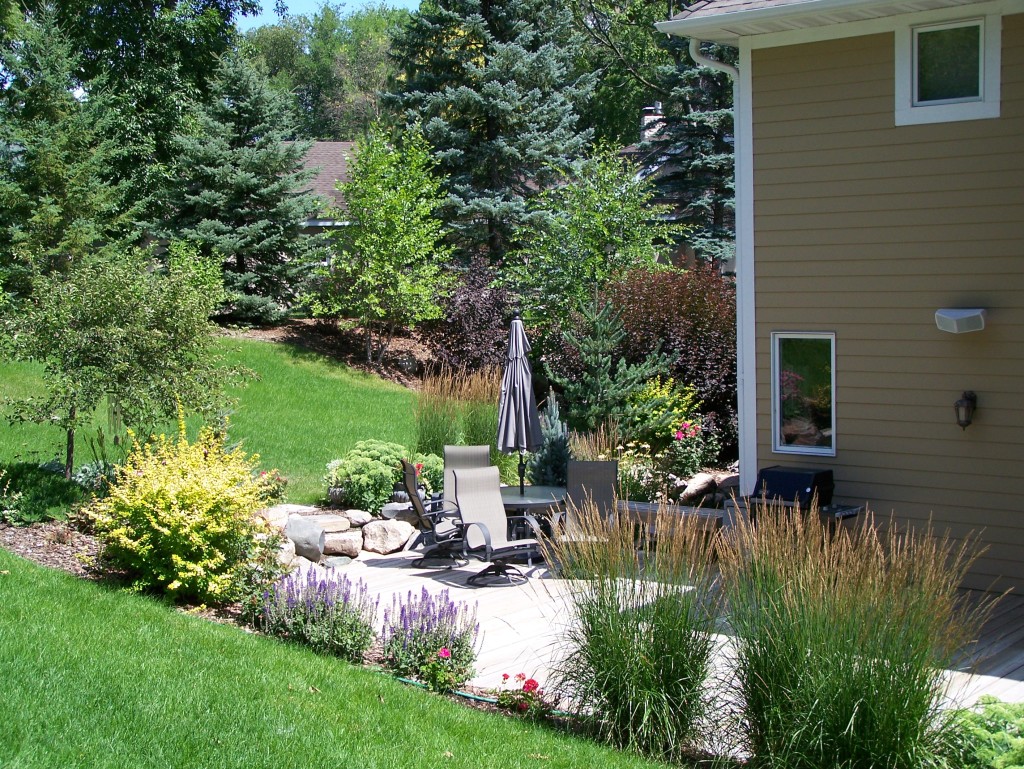
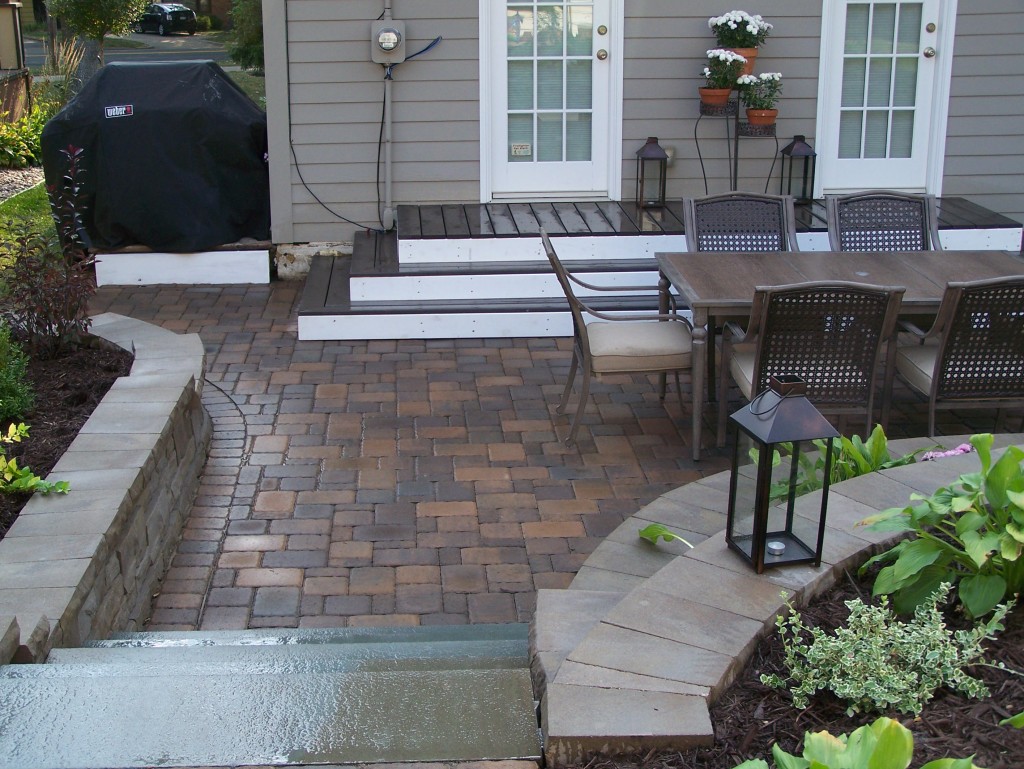
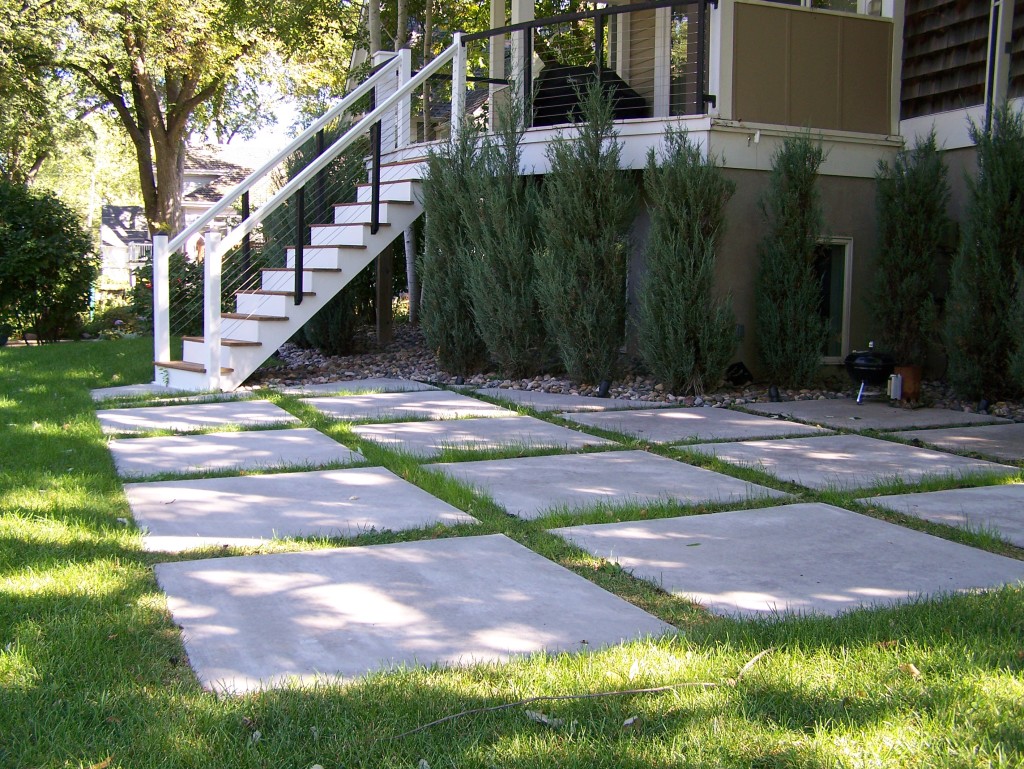
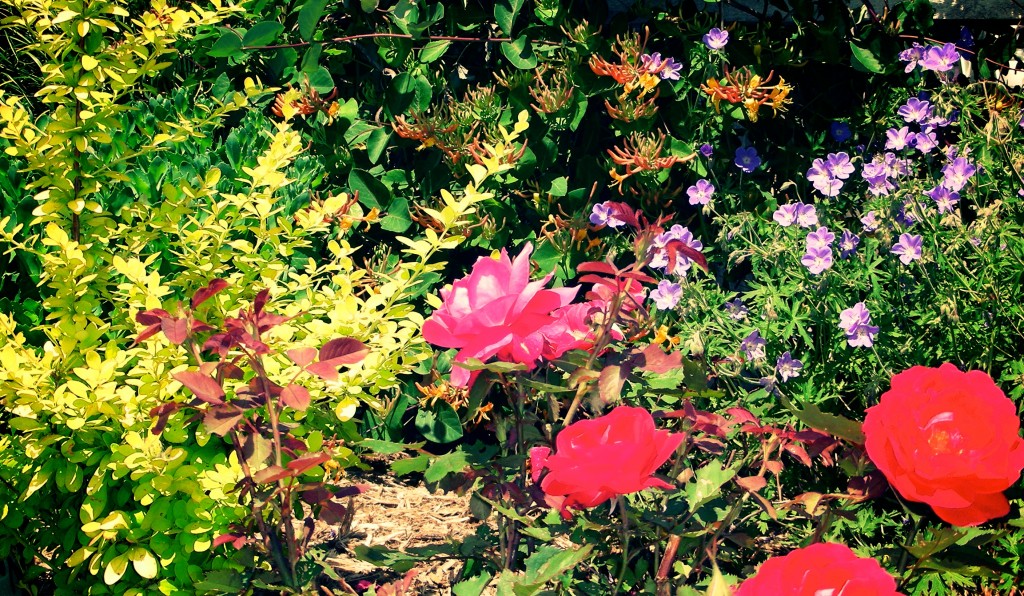
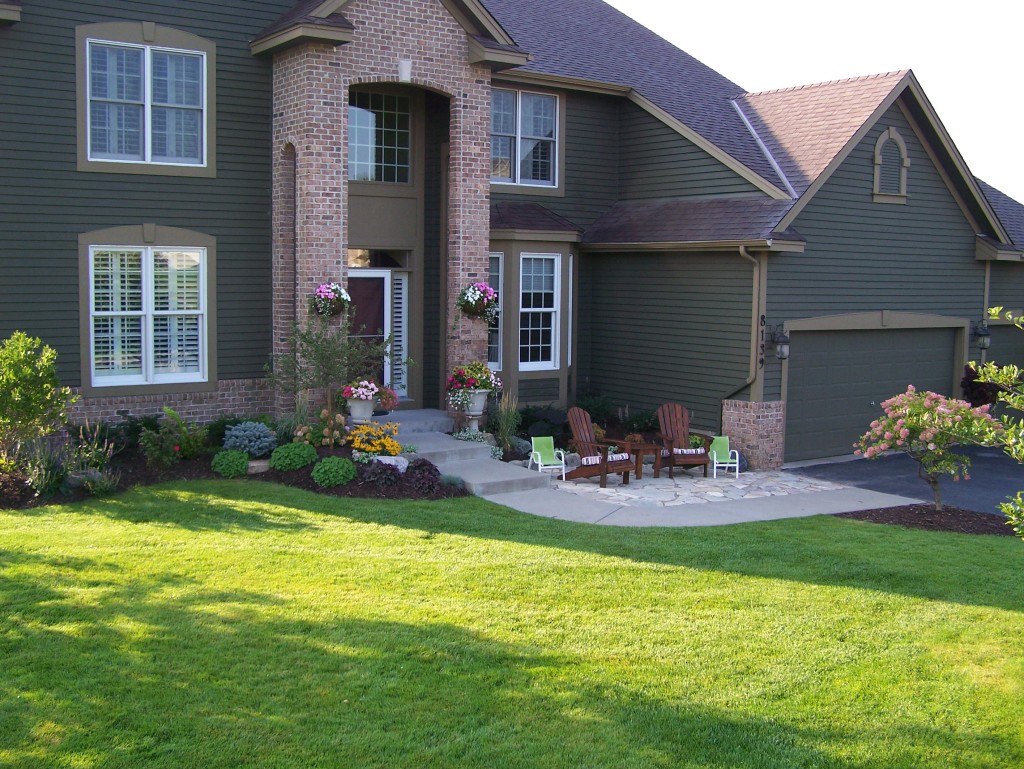
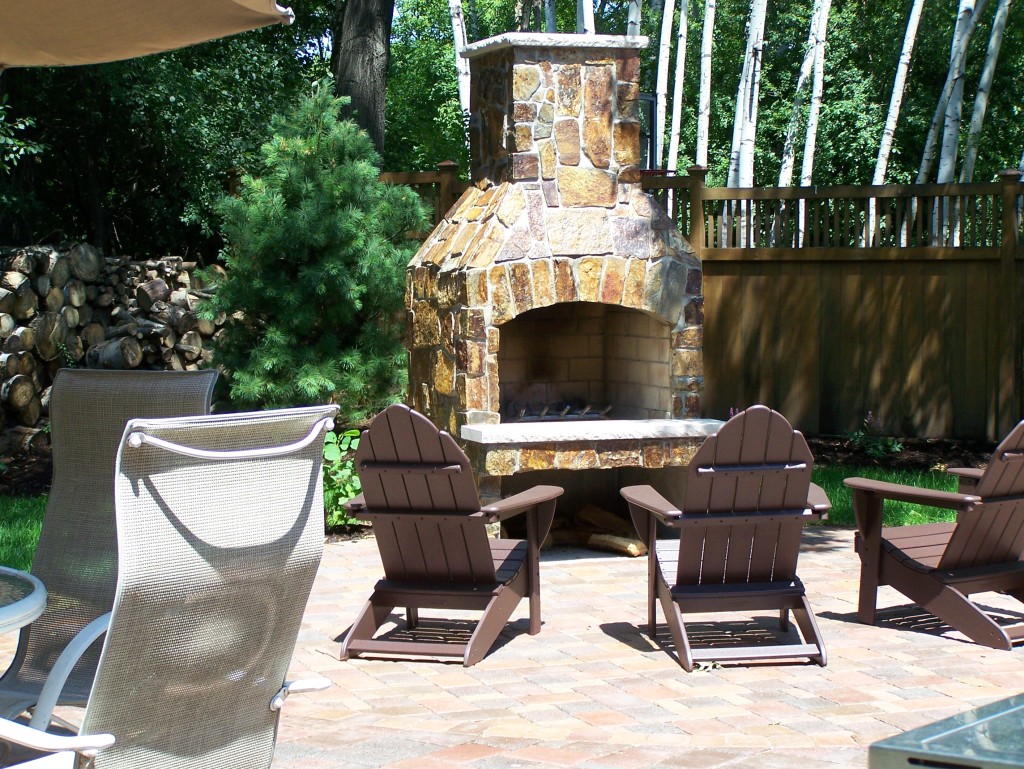
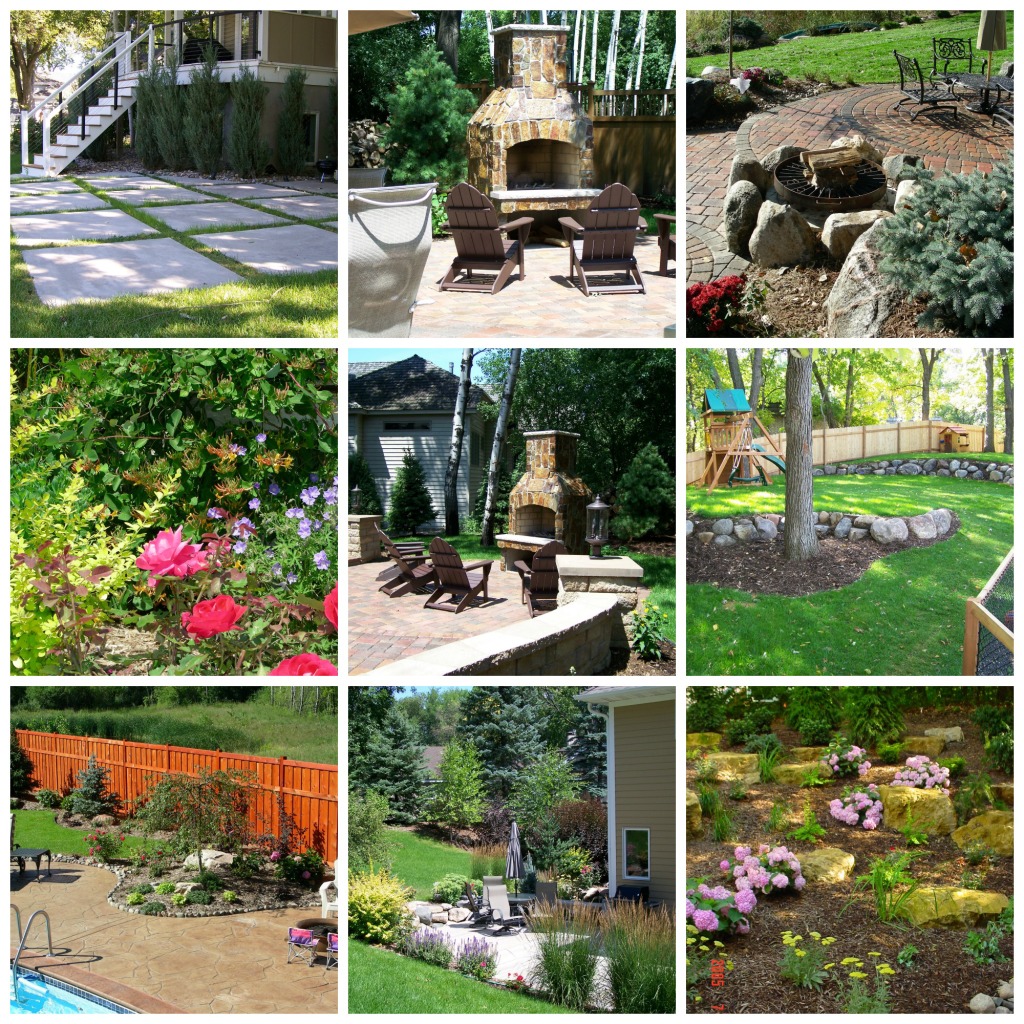
 Contact 612-483-GOAT
Contact 612-483-GOAT